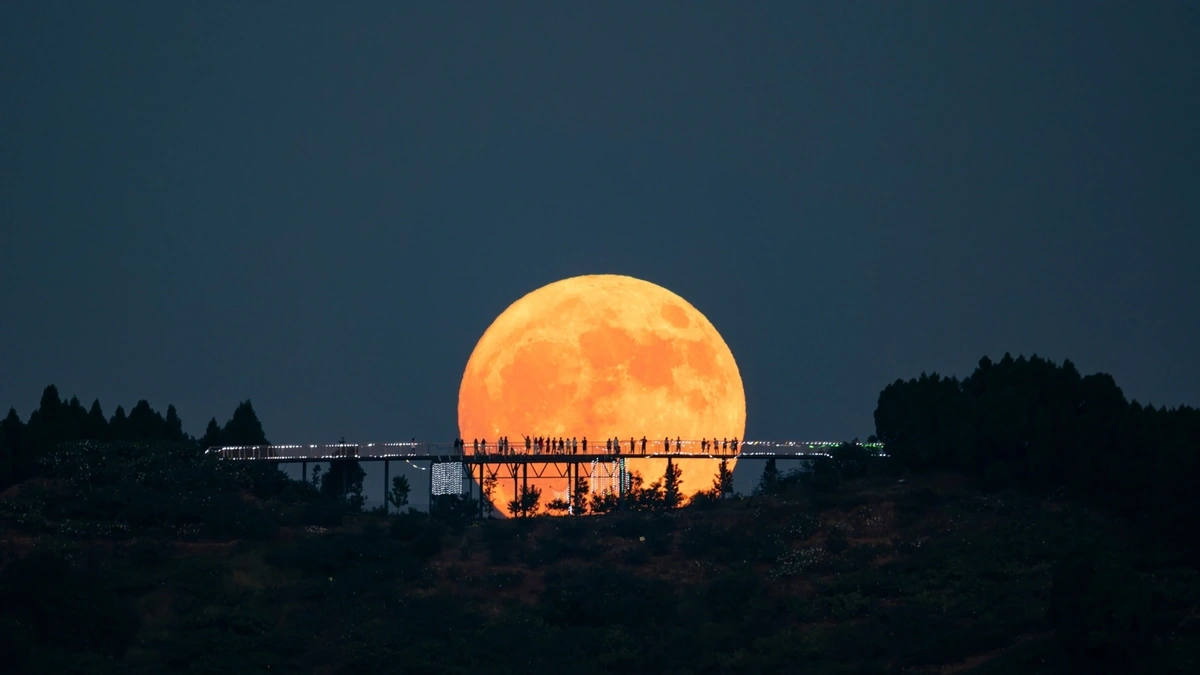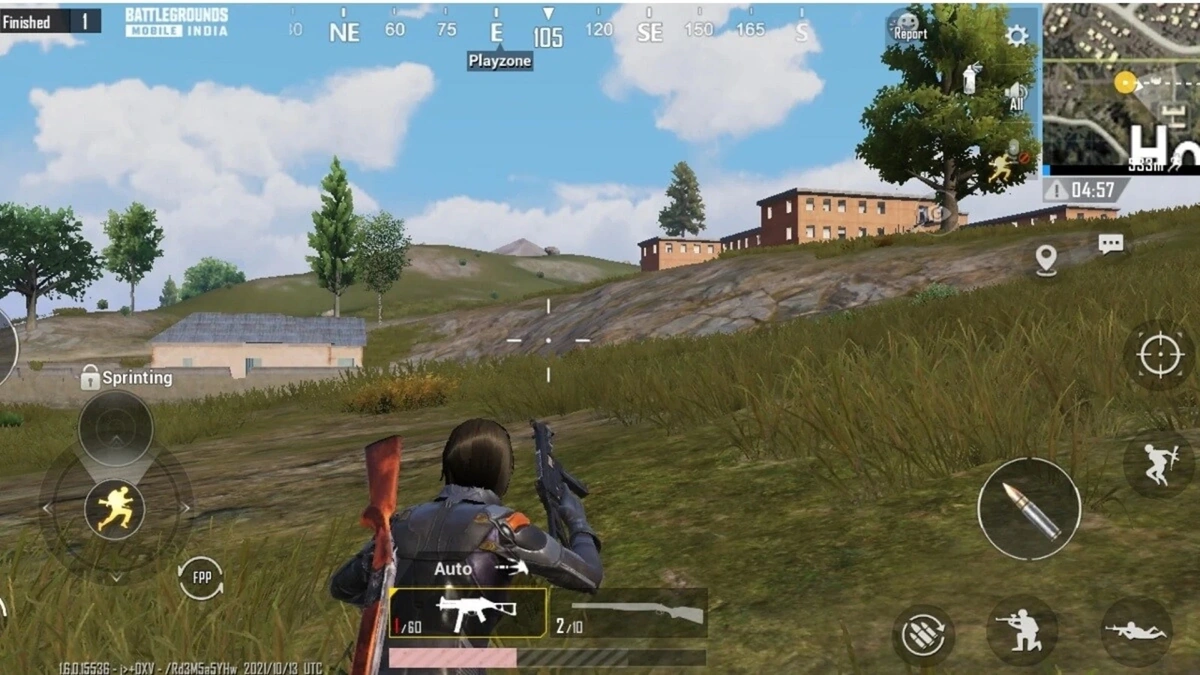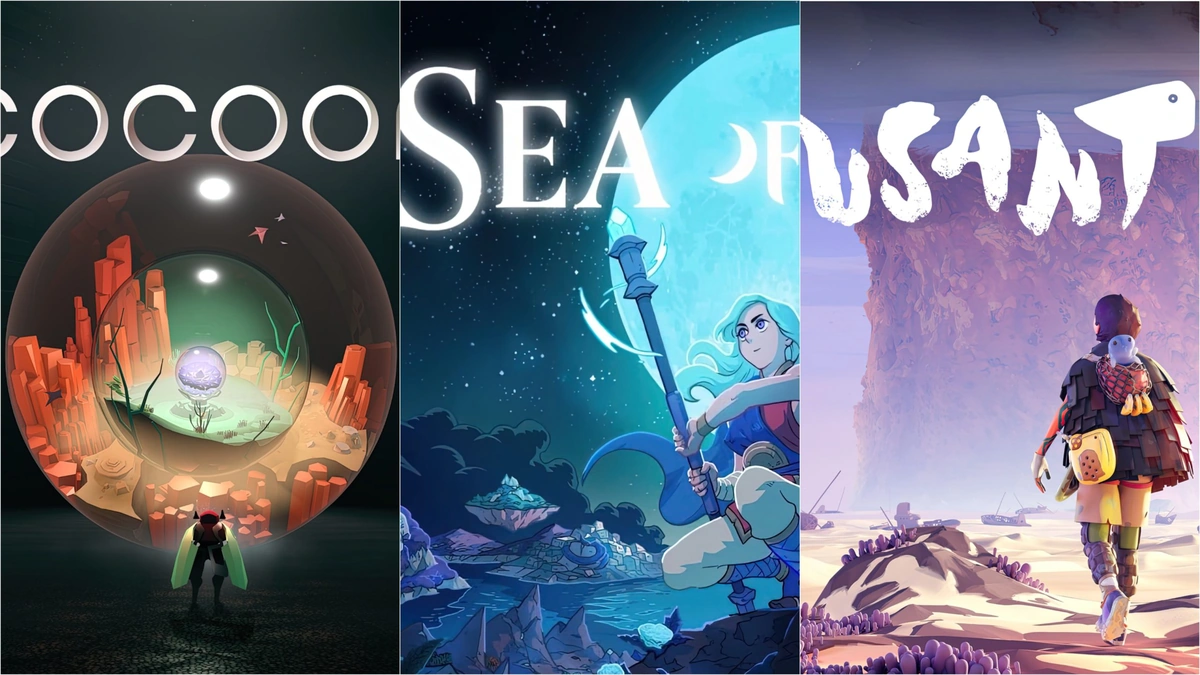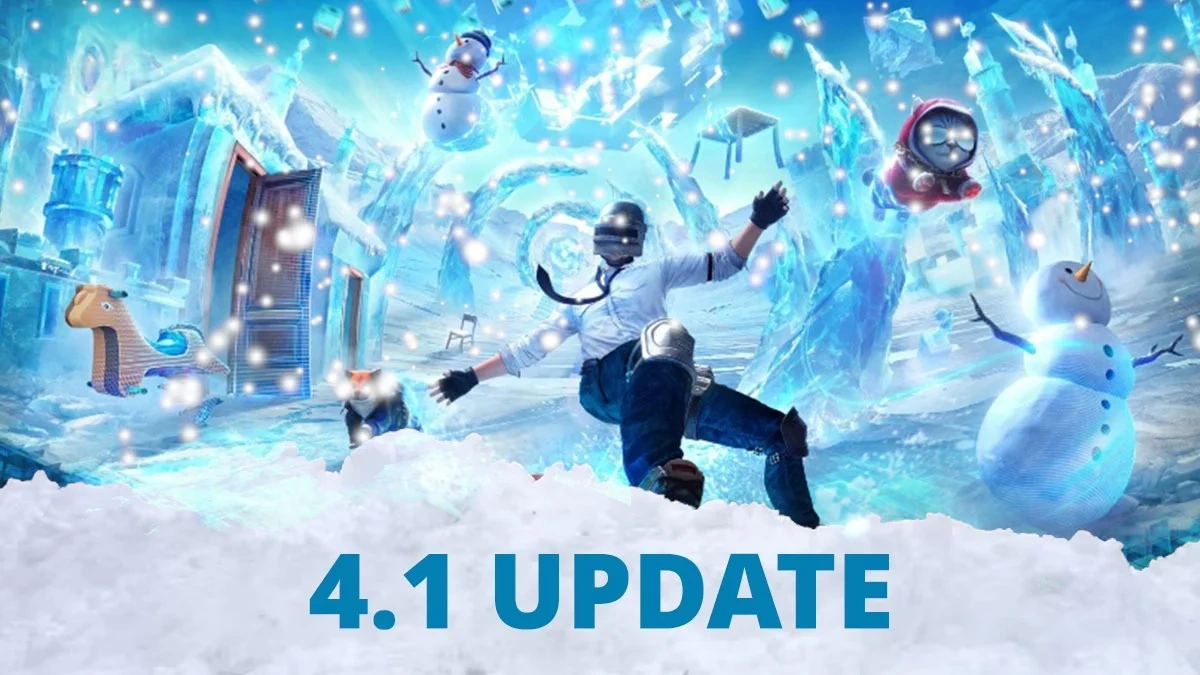Okay, let’s be honest. We’ve all glanced at the full moon and thought, “Wow, that’s pretty.” But what is it, really? And why do we humans, especially here in India, have such a fascination with it? It’s not just about romance or werewolves (though those are fun too!). The full moon is a celestial event steeped in history, spirituality, and even a bit of science. I initially thought it was just a bright circle in the sky, but then I dug deeper.
The Science Behind the Glow: Lunar Phases Explained
The lunar cycle is more than just a series of pretty shapes. It’s about the changing angles of sunlight hitting the moon as it orbits Earth. A full moon happens when the moon is on the opposite side of the Earth from the sun. Basically, the entire face of the moon is illuminated by sunlight, making it appear as a brilliant, complete disc in our night sky. It’s a cosmic alignment, and it’s pretty cool when you think about it. This alignment happens roughly every 29.5 days, defining the synodic month. It directly impacts our tides, leading to stronger high tides during this lunar phase.
Full Moon Folklore: Stories and Superstitions Across India
Here’s the thing: the full moon isn’t just a scientific event; it’s a cultural phenomenon. In India, different full moons have different names and significance. For example, the Guru Purnima full moon is celebrated to honor teachers and mentors. And who hasn’t heard stories of increased human oddities during the full moon? While science is skeptical, folklore is full of tales. It’s interesting how this single celestial body can inspire so many stories and beliefs across diverse cultures.
The effect of the full moon can also tie into our sleep cycles; some studies suggest the lunar influence may decrease sleep quality for some individuals, although the reasons are still under investigation.
Navigating Life by the Light: Ancient Calendars and Modern Impact
Before smartphones and Google Calendar, people relied on the moon to track time. Many ancient calendars, including some traditional Indian calendars, were lunisolar – meaning they were based on the cycles of both the moon and the sun. Festivals, agricultural practices, and even personal decisions were often guided by the lunar phases. While we might not depend on the moon for our daily schedules anymore, it’s a reminder of how deeply connected we once were to the natural world. I initially thought the lunisolar calendar was a thing of the past, but then I realized its influence continues to impact us culturally. The full moon’s prominence in various traditions testifies to its enduring importance.
Debunking the Myths: Does the Full Moon Really Make Us Crazy?
Ah, the million-dollar question! Does the full moon actually cause madness, or is it just a myth perpetuated by movies and old wives’ tales? Well, let’s look at the science. While some studies have explored a possible correlation between lunar phases and human behavior (like emergency room visits or psychiatric admissions), the results are far from conclusive. Most scientists dismiss the “lunar effect” as a combination of confirmation bias (we remember the weird things that happen during a full moon more vividly) and good old-fashioned coincidence. That being said, the power of suggestion shouldn’t be underestimated. If you believe the full moon makes you act differently, you just might!
Practical Tips: Harnessing the Energy of the Full Moon for Personal Growth
Okay, so maybe the full moon doesn’t turn us into werewolves, but that doesn’t mean we can’t use its energy in a positive way. Many people believe the full moon is a powerful time for releasing old patterns, setting intentions, and manifesting desires. Think of it as a cosmic reset button. Here’s what I’ve found works for me:
- Journaling: Write down what you want to release from your life.
- Meditation: Visualize your goals and feel the emotions associated with achieving them.
- Rituals: Create a simple ceremony to symbolize your intentions.
Whether you’re a skeptic or a believer, there’s no denying that the full moon is a captivating phenomenon. So, the next time you see that big, beautiful orb in the sky, take a moment to appreciate its beauty and its power. And who knows, maybe you’ll even tap into its energy to create positive change in your life.
FAQ About the Full Moon
Why does the full moon look bigger sometimes?
The moon’s orbit isn’t a perfect circle, so sometimes it’s closer to Earth. A supermoon , where the moon appears larger and brighter, occurs when a full moon coincides with the moon’s closest approach to Earth.
What causes a lunar eclipse?
A lunar eclipse happens when the Earth passes between the sun and the moon, casting a shadow on the moon.
Is there a “best” time to view the full moon?
The best time is usually soon after moonrise or before moonset when the moon is lower on the horizon and appears larger due to an optical illusion.
What if I forget to set my intentions on the exact night of the full moon?
No worries! The energy of the full moon extends for a few days before and after the peak.
Are there any downsides to the full moon?
For some, it may disrupt sleep patterns. You might find it harder to fall or stay asleep during the full moon phase.
So, there you have it – the full moon, demystified. It’s a reminder that even in our tech-saturated world, we’re still connected to the rhythms of the cosmos. What fascinates me is how something so simple can evoke such profound feelings and beliefs. Keep looking up!











